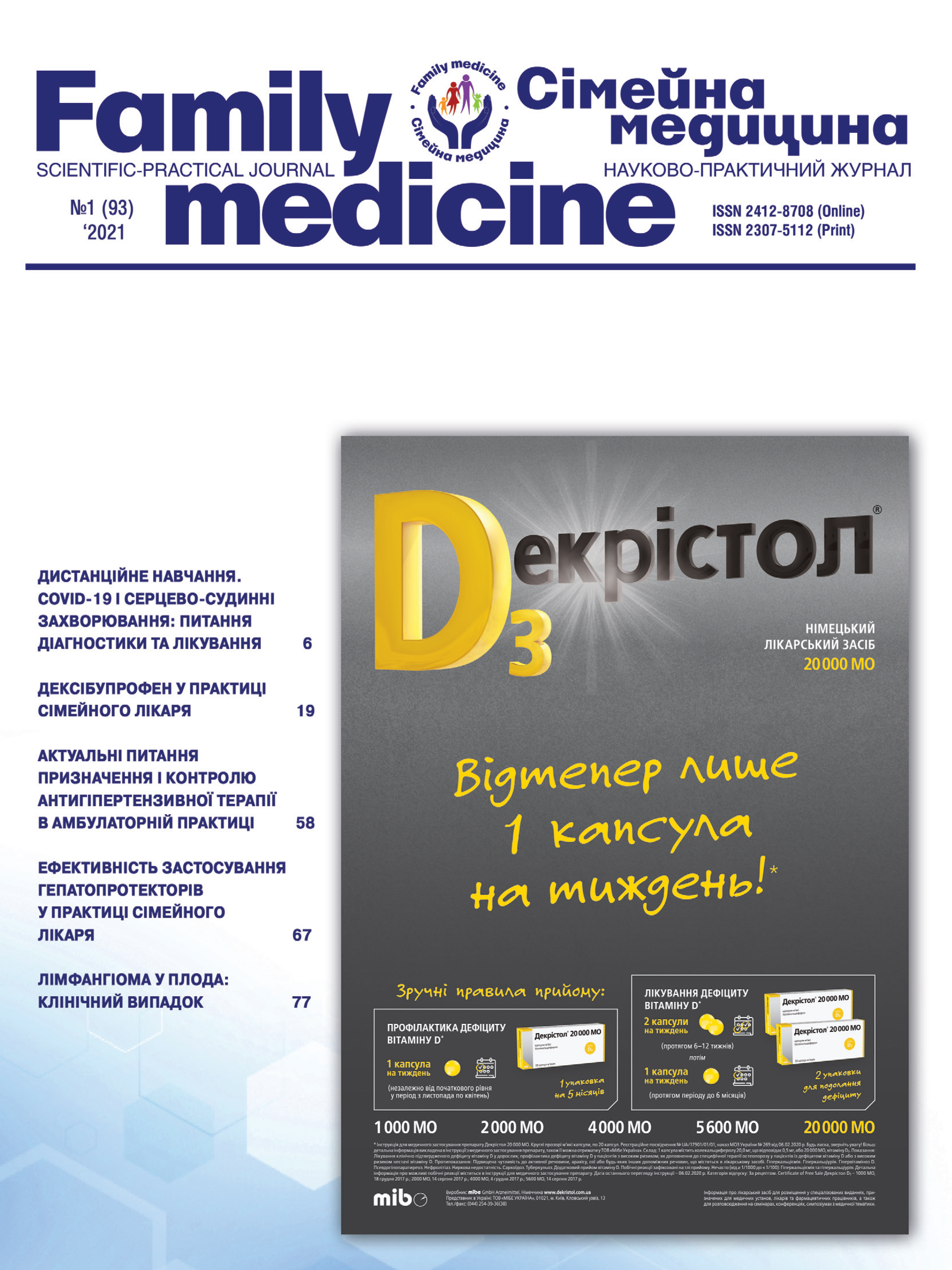Research of Psycho-emotional State of Patients, Who Receive Palliative Care in Ambulant Conditions
##plugins.themes.bootstrap3.article.main##
Abstract
Anxieties, depression, fear, depressive disorders are symptoms, which may be the part of physiological feeling with incurable disease, especially when the diagnosis is informed. Sometimes, the assumption of difficult news, related to worsening of health and even risk to life can lead to fatal consequences. For family physicians and other professionals, who are involved in palliative care, it is important to be able to diagnose the worsening of patients’ psycho-emotional state in time, in order to provide professional psychological support.
In this article, the results of research of level of difficulty of depressive disorders in palliative patients depending on different demographic and social data are presented, which can be modified with changing attitudes towards these patients (when ensuring correct communication and managing of the palliative patient by the family physician).
The research has shown that socio-demographic indicators significantly affect the forming of state of depression in palliative patients, and require appropriate communication between the family physician and the patient, and the organization of additional measures for managing these patients. Special attention should be given to some results of research when providing palliative care, in particular: depression of different level of difficulty, based on the PHQ-9 scale was found in 81 % of palliative patients; it was set that 90 % of people, aged of 75–90 years had depression of different level of difficulty; it was determined that all patients with high income had depression, among them 16.7 % of light and 58.3 % of moderate level of difficulty, that can be considered as a neurotic reaction of incurable disease. Depression was found in all unmarried patients, among them 35 % of light and 35 % of moderate level of difficulty, and 30 % of patients with high level as well, that significantly predominate over the number of married people (4.1 %) and widows 14 %), that may indicate character traits, which complicate the adaptation of behavioral reactions on stress factors , including to the disease. Depression was found in all unmarried patients, among them 35 % of light and 35 % of moderate level of difficulty, and 30 % of patients with high level as well, that significantly predominate over the number of married people (4.1 %) and widows 14 %), that may indicate character traits, which complicate the adaptation of behavioral reactions on stress factors, including to the disease. Such patients need additional psychological support for reducing their suffering, in particular for preventing of mental genesis pains.
According to the indicators of various socio-demographic parameters, the portrait of the most vulnerable palliative patients was determined: they are women of age group 75–89 years, living in the city, by civil state – single (additional depressive factor can be assumed – long-term loneliness), by social status – pensioners with Higher Education and high income, based on a scale of PHQ-9 >20 points, that corresponds to the diagnosis: depressive syndome of heavy level.
##plugins.themes.bootstrap3.article.details##

This work is licensed under a Creative Commons Attribution 4.0 International License.
Authors retain the copyright and grant the journal the first publication of original scientific articles under the Creative Commons Attribution 4.0 International License, which allows others to distribute work with acknowledgment of authorship and first publication in this journal.
References
Паризька Хартія боротьби проти раку (2000 р.). https://parischarteragainstcancer.org/charter
Programme on mental health / WHOQOL. Measuring quality of health. Mental Health publications [Electronic resource]. – Assess mode: http://www.who.int/mental_health/media/68.pdf.
Official Records of WHO, no. 2, p. 100, https://apps.who.int/iris/bitstream/handle/10665/85573/Official_record2_eng.pdf;jsessionid=3D9896DE7216AE28BD2A1D98FA5EF0D2?sequence=1
Хартія працівників служби охорони здоров’я. – Львів: ЛОБФ «Медицина і право», 2010. – 112 с.
SUH J, WILLIAMS S, FANN JR, FOGARTY J, BAUER AM, HSIEH G. Parallel Journeys of Patients with Cancer and Depression: Challenges and Opportunities for Technology-Enabled Collaborative Care. Proc ACM Hum-Comput Interact. 2020;4(CSCW1). doi:10.1145/3392843
Evidenced-based Guideline: Palliative care for patients with incurable cancer. 2015;98
Prescott AT, Hull JG, Dionne-Odom JN, et al. The role of a palliative care intervention in moderating the relationship between depression and survival among individuals with advanced cancer. Health Psychol Off J Div Health Psychol Am Psychol Assoc. 2017;36(12):1140–1146. doi:10.1037/hea0000544
УКПМД Депресія. Наказ Міністерства охорони здоров’я України від 25 грудня 2014 року № 1003.
Психология одиночества / Гасанова П.Г., Омарова М.К. [текст]. – Киев: Общество с ограниченной ответственностью «Финансовая Рада Украины» (Киев), 2017. – 76 с.
Голант М., Голант С. «Что делать, когда тот, кого вы любите, в депрессии. Помоги себе – помоги другому» http://xn--90arpd.xn--p1ai/data/documents/Esli-Vash-blizkiy-vdepressii.pdf
Alemayehu M, Deyessa N, Medihin G, Fekadu A. A descriptive analysis of depression and pain complaints among patients with cancer in a low income country. PLoS ONE. 2018;13(3). doi:10.1371/journal.pone.0193713





